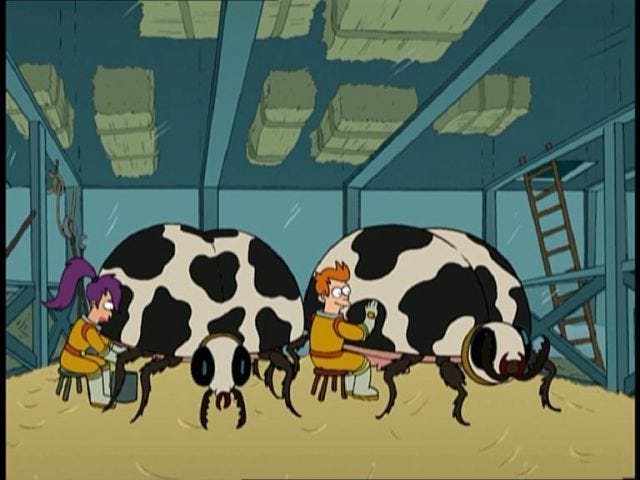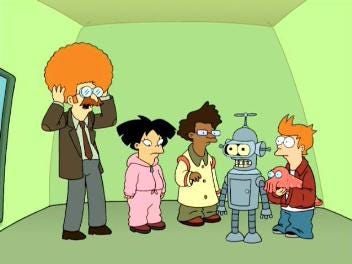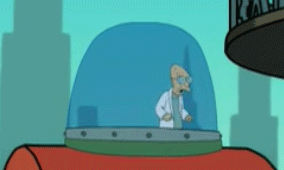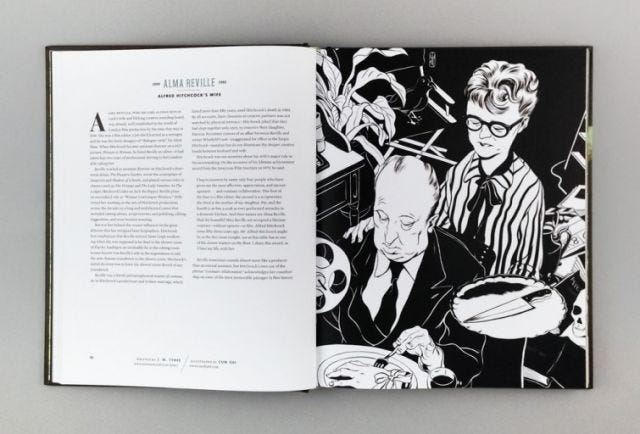So What, Who Cares (vol 2, issue 96) Where $85 million dollars are about to go
Hello! We're just about through this week and then we can spend all weekend detoxing from the news cycle and maybe watching a bear bellyflop repeatedly.
*
The federal government is poised to spend another $85 million to give rural Americans affordable broa

dband access. So far, the USDA has connected 6 million Americans to the World Wide Web, mostly in communities of 5000 or fewer people, while HUD is launching a pilot project to provide Internet access in public housing.
You'd think that the FCC would be all over the "wire remote American communities" thing, but the initiatives that will connect Americans to the World Wide Web are spread across different departments, per the Broadband Opportunity Council announced in March.
So what? This is part and parcel of the gradual evolution of "Internet access" from luxury item to home utility on a par with running water or electricity. The FCC had already done a lot of heavy lifting back in March when it classified broadband access as a utility and therefore subject to the same regulations. Now the government is moving into the implementation stage.
Who cares? Farmers! They're relying on broadband access to conduct livestock auctions, manage irrigation systems (managing these via speedy wireless networks can lower irrigation costs and water use), or find a fellow farmer as a spouse.

And low-income households will benefit too: The American Library Association recently reported that 5 million households with school-age children don't have high-speed Internet service. And the Pew Research Center has found 92 percent of households with incomes between $100,000 to $150,000 have broadband access, while less than half of households below the $25,0000 income level have broadband. This has led to the so-called "homework gap," where lower-income children don't have access to the resources (or teachers) that their more moneyed peers enjoy simply by being able to open a Web browser.
Finally, people who live in sparsely populated areas will be able to get away from it all without losing access to the tools that can let them launch or maintain a business.
To quote the Washington Post:
Federal officials are increasingly aware that the Web is a basic necessity: for folks in the so-called gig economy, for schoolchildren, for low-income Americans who can't afford a PC and, yes, even for farmers.
These new federal initiatives aim to bridge the homework gap and broadband gap, and to equalize access to 21st-century marketplaces.

This is not without its critics, however. People opposed to subsidizing rural broadband have raised several issues: It's one thing to put in running water in remote places because it's not like plumbing technology changes all that rapidly; the same is not true of telecom network infrastructure. Other critics charge that rural America is "environmentally hostile, energy inefficient and even weak in innovation," and thus taxpayers shouldn't be subsidizing that sort of set-up. And still other critics charge that government-administered broadband is an inferior service because it lacks competition to keep it sharp.
*
Your pop-culture note of the day: I have a difficult time finding bedtime-appropriate reading material. On the

one hand, I need something that is not so enthralling as to encourage me to think, "If I get to bed by 2:30 a.m., that's still enough time for me to get through one REM period. I won't feel too poorly rested!" On the other, I want a read that's engaging.
The Who, the What and the When: 65 Artists Illustrate the Secret Sidekicks of History, compiled by Jenny Volvoski, Julia Rothman and Matt Lamothe, fits the bill. Each of the separate 65 chapters is two pages long: a one-page essay on the left and an illustration of the essay's topic on the right.
I am not quite sold on the "secret" part of many of these sidekicks -- surely most people know that Helen Keller was able to be Helen Keller because of Anne Sullivan, and most college students can tell you that Gertrude Stein's lover was Alice B. Toklas, or that James Watson and Francis Crick's work in discovering the structure of DNA would have been nothing without Rosalind Franklin's x-ray crystallography.

However, the sprightly biographical précis of each subject serve as wonderful introductions to these people, and invitations to learn more. It's great fun to look at the illustrations and try to discern how the artists' interpretations of the subjects work with the essays. Best of all, the self-contained nature of each essay allows the sleepy reader to decide they'll read just one more essay -- the one on Eileen Gray or Nat Elias, maybe? -- then get a decent night's shut-eye.
This same editorial team also released The Where, the Why, and the How: 75 Artists Illustrate Wondrous Mysteries of Science. I'll report back on how that goes as bedtime reading.
*
Are there typos? Copyediting is the only editing class I did not earn an A in. And I can't change any typos in the archives. I know. It irritates me too.
Suggestions for links gratefully received -- hit me up via Twitter and email.
Feedback is welcome. Again --hit me up via Twitter and email.
Really like this newsletter? TELL A FRIEND TO SUBSCRIBE! Then you can make pointed comments about how some people like receiving expressions of gratitude after they've passed on life-improving tips and oh, look, you have a bit.ly link for your Amazon wishlist right here!

